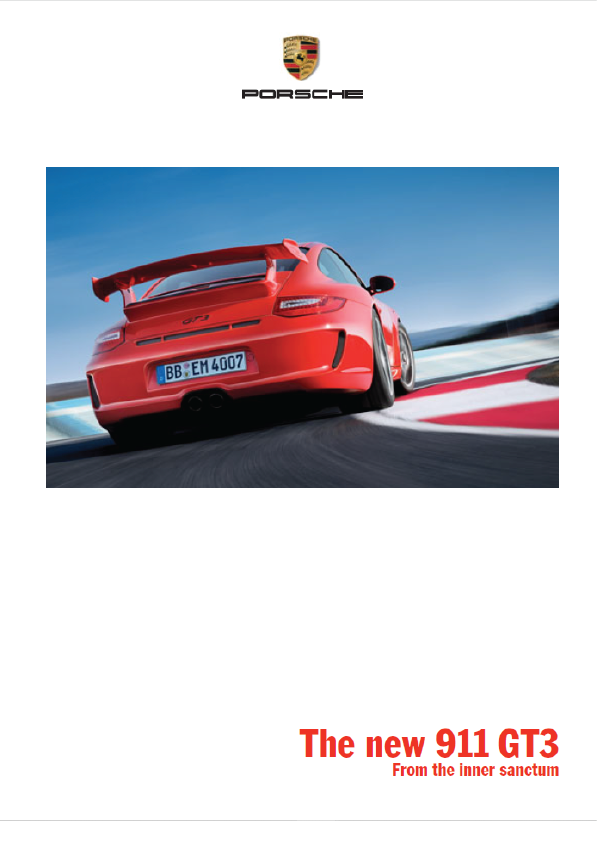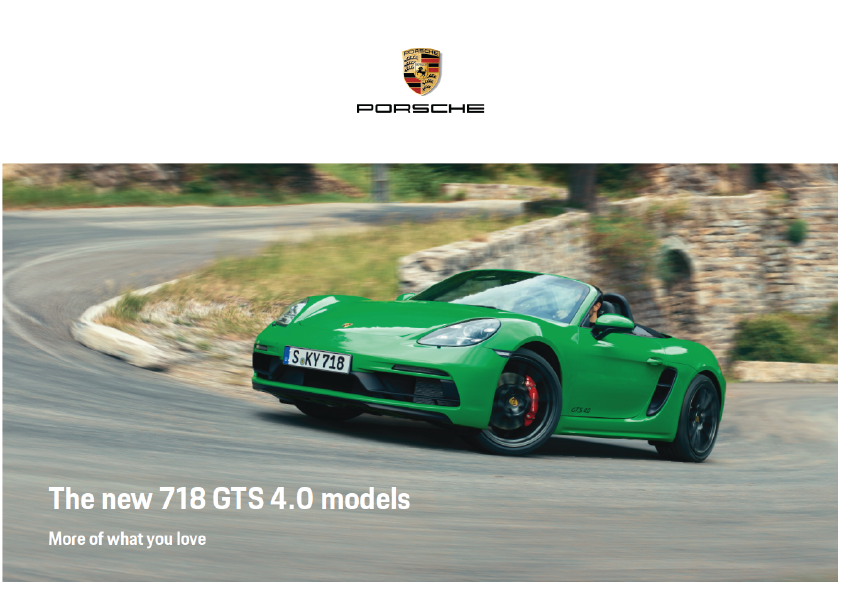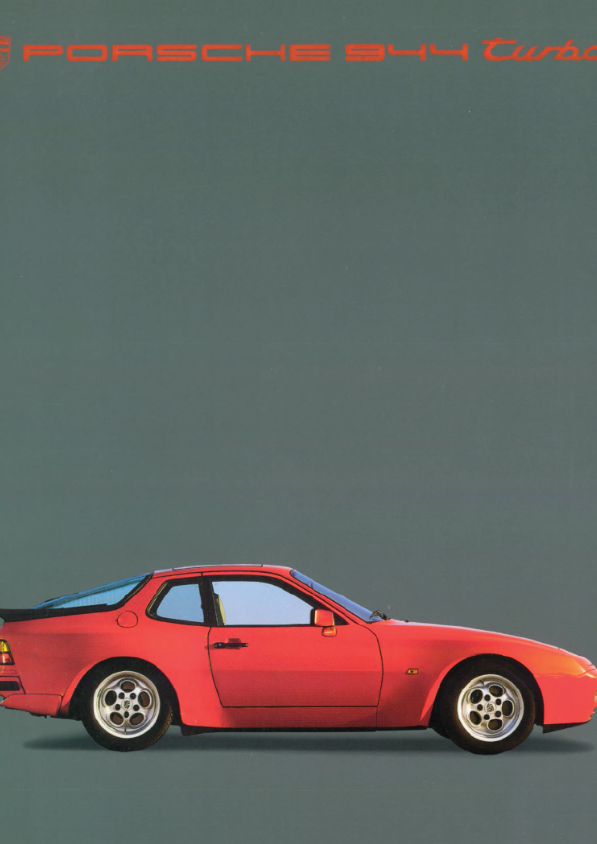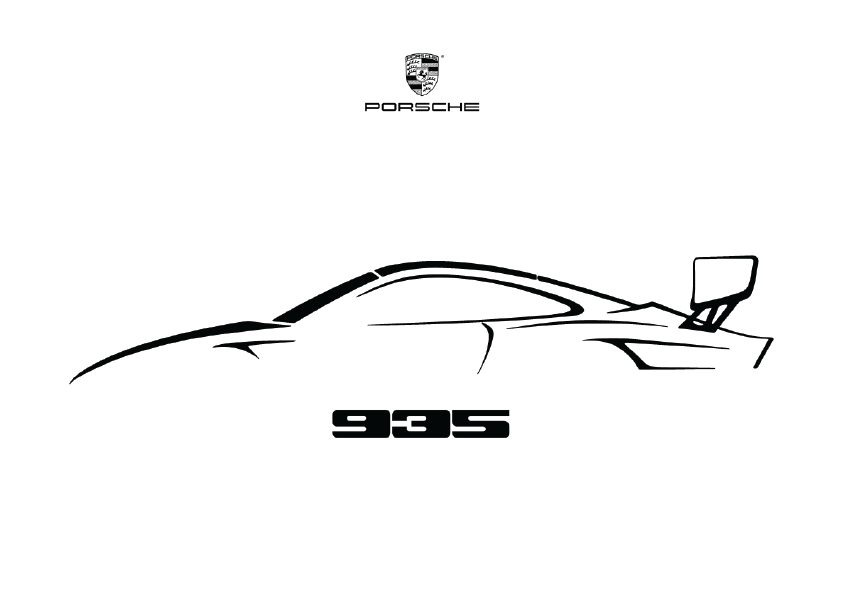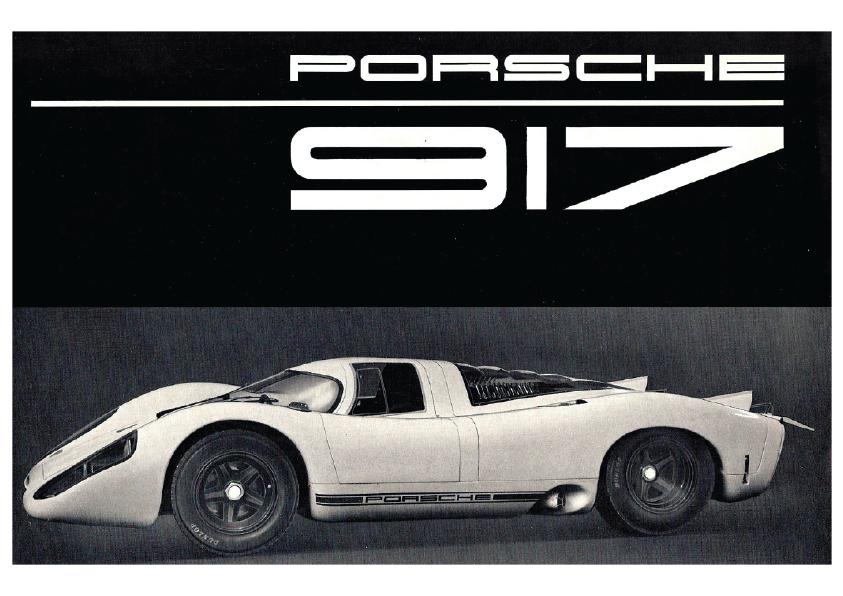You can develop a sportscar from experience. Or from the heart.
The new 911 GT3. power and higher torque, resulting in 320 kW (435 hp) at 7,600 rpm. The maximum engine speed is 8,500 rpm and maximum torque is 430 Nm at 6,250 rpm. Impressive values, especially if you look at the performance figures it can achieve. A smooth six-speed manual gearbox effectively transmits this power onto the road. The gear-lever throw is short and the handling precise. With regard to propulsion, two values sum up the potential power of the new 911 GT3. Firstly, acceleration: 4.1 seconds from 0 to 100 km/h (62 mph). Secondly, maximum speed: acceleration doesn’t stop until the car reaches 312 km/h (194 mph).
You might be able to build a sportscar with experience alone. But never a Porsche – and especially not a 911 GT3. That takes much more: engineers who are dedicated to the development of race cars right from the start. Whose passion is for motorsport, above all else. Engineers who firmly oppose any form of compromise. Developed from the heart. The new 911 GT3. At the heart of the new 911 GT3 is a new engine. A development from motorsport, of course. An engine with more power than its predecessor, but with a similar level of fuel consumption. The key data: a flat-six Boxer engine located right at the back for a low centre of gravity and increased traction on the drive axle. The cubic capacity has been increased to 3.8 litres. The engine has advanced VarioCam, a system for adjusting the inlet camshafts, and now also the outlet camshafts.
This gives even more Improved driving dynamics and stability are achieved with the new optional dynamic engine mounts (page 34). This system reduces vibration and the movement of inert masses in the power unit by automatically modifying the stiffness and damping of the engine mounts Porsche Active Suspension Management (PASM, page 42) ensures a responsive drive and superior handling. Everything that’s crucial for use on the racetrack can be adjusted on the chassis, including the settings for height, camber, toe angle and the anti-roll bars on the front and rear axles. Also, for the first time, the 911 GT3 has Porsche Stability Management (PSM, page 40) with two control systems: Stability Control (SC) to provide stabilisation within the limits of driving dynamics and The new 911 GT3. power and higher torque, resulting in 320 kW (435 hp) at 7,600 rpm. The maximum engine speed is 8,500 rpm and maximum torque is 430 Nm at 6,250 rpm. Impressive values, especially if you look at the performance figures it can achieve. (TC) to regulate the longitudinal dynamics and improve acceleration on various road surfaces. Both systems can be disabled completely in two stages – for an active driving experience on the racetrack.
One feature that has come directly from motorsport is the central locking device for the newly designed 19-inch GT3 wheels (page 38). The road-approved sport tyres are designed to enable higher cornering speeds, as well as precision handling on the road or racetrack. Tyre Pressure Monitoring (TPM) is included as standard. Everything on the new 911 GT3 is designed to save weight. The doors and front lid are made from aluminium and the new engine.
cover is made from a lightweight synthetic material. The result: a weight-to-power ratio of just 3.2 kg per hp. Even everyday use has been considered, with a new optional ride-height lift system for the front axle (page 37). At low speeds, the front of the vehicle can be raised by 30 mm if there is a risk of it grounding. Our approach to safety is as uncompromising as usual, in terms of both active and passive safety features. New compound brake discs with aluminium monobloc calipers and a totally reinforced but lighter braking system offer excellent performance, even in extreme conditions. The Porsche Ceramic Composite Brake (PCCB, page 50) is also available as an option.
